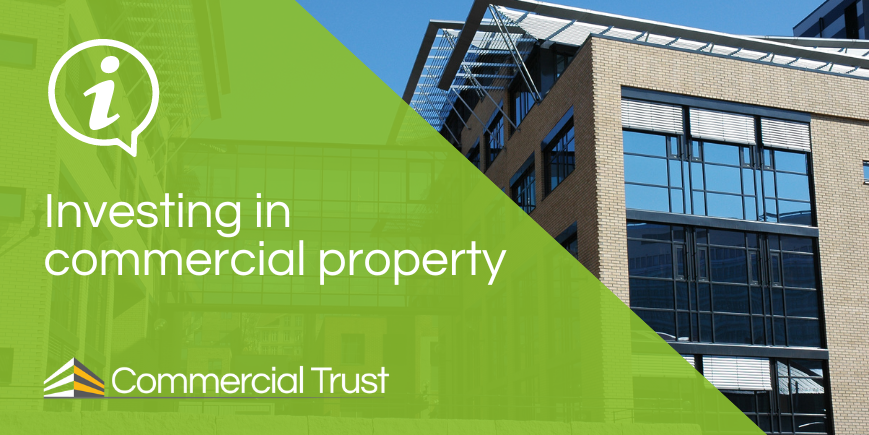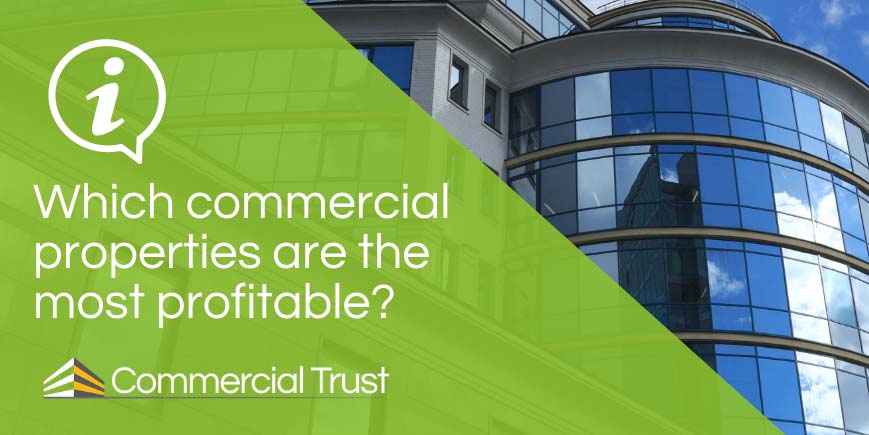This information should not be interpreted as financial, tax or legal advice. Mortgage and loan rates are subject to change.

Categories: commercial mortgages | guides | commercial mortgage guides
There are different types of commercial buildings, and they are divided into classes under the Town and Country Planning Order of 1987. The class given to a commercial building defines what the building can be used for. The classes were revised in 2020.
If your goal is to renovate a building, or change its intended use, you may have to get planning permission.
If you’re looking to invest in commercial properties and want help navigating this often tricky landscape, read our guide to buying commercial property here.
Choose the right commercial property for your investment goals
Before buying a commercial property for a specific business type, it is important to check whether the building’s use class is appropriate.
If it isn’t, but you want to buy it anyway and change its intended use, you are likely to have to apply for planning permission from your local planning authority (LPA).
If you are renting the building you operate your business from, you might want to make significant changes to it at some point. However, it is common for landlords to include clauses in the rental contract which can stop you.
If a contract intending to stop you from making changes to a property was in place, and you made changes anyway, the owner may be granted rights that compensate them. This is why it is imperative to choose a commercial building with the right use class for your purposes.
Stamp Duty Land Tax on commercial buildings
Commercial property above £150,000 in value is subject to Stamp Duty Land Tax (SDLT), or simply, ‘Stamp Duty’- here is a comprehensive guide on paying stamp duty on commercial properties. You can use our commercial stamp duty, LBTT and LTT calculator to find out what you might pay.
For more a general overview of borrowing for commercial property, read our page on commercial mortgages.
What are the different types of commercial property?
There are many different codes to differentiate the use cases for commercial property types, as defined by law. Theses codes were revised in 2020 changing the old classifications from 1987. Under the new classifications, the previous classes A1, A2, A3, B1, D1, and D2 are now banded as Class E.
Below we have gone into more detail on each property type, including the maximum loan to value you can achieve when taking out a commercial mortgage.
However, bear in mind, that if you cannot meet these thresholds, you may be able to raise a deposit from other property you own, ask our advisors about this for more information.
With all types of commercial mortgages, if the borrower can demonstrate experience in the sector, you will be more likely to achieve a lower mortgage interest rate than without experience.
Offices
There are many different types of offices to consider as an investor. Location is a key factor in your choice.
This is because employees and companies value convenience and ease of commute when it comes to a workplace. Facilities and utilities are also important (e.g. meeting rooms, reception space, air conditioning and reliable internet connectivity).
Office spaces are classified as Class E, defined as spaces for financial services such as banks, professional services that are not medical, estate and employment agencies, and an office used to carry out any operational or admin functions.
Typically a lender will be able to offer up to 75% LTV, meaning you will need a deposit of at least 25% of the property value.
Retail space
A retail property classification changes depending on the purpose of building:
Class F.2: is defined as shops of no more than 280 square-feet in size that sell essential goods, and that are at least 1 kilometre from another similar shop.
Class E: is defined as retail shops, cafes and restaurants.
When investing in a retail space, it’s always important to ask yourself if the building’s location is likely to pick up public footfall.
In terms borrowing, restaurants can typically achieve up to 65% loan tovalue, whereas takeaways and shops tend to be up to 75% loan to value.
Industrial properties
There are two over-arching types of industrial property you might consider as an investor:
B2: defined as a building used for furthering an industrial process other than one falling within Class E or B3-B7.
B8: defined as a building use for storage and distribution; for example, wholesale warehouses, distribution centres, repositories.
Classes B3-B7 have more specialist and niche definitions.
For industrial commercial properties, loans tend to be up to 75% loan to value.
Leisure properties
Leisure properties have various classifications depending on what they are:
Class F.1: describes learning and non-residential institutions such as schools, non-residential education and training centres, museums, public libraries, public halls, exhibition halls, places of worship, law courts
Class F.2: describes buildings for local community uses, for example shops of no more than 280 square-metres, selling essential goods and that are at least 1 kilometre from another similar shop. Halls or meeting places for the principal use of the local community (previously categorised as D2). Indoor or outdoor swimming baths, skating rinks, and outdoor sports not involving motorised vehicles or firearms.
Class E: describes buildings for commercial, business and service uses, which includes retail, shops and travel agencies (previously categorised as A1. Financial and professional services (not medical) (previously categorised as A2). Café's or restaurants (previously categorised as A3). Offices other than A2 uses (previously categorised as B1). Clinics, health centres, day nurseries and day centres (previously categorised as D1). And lastly, gymnasiums, indoor recreations not involving motorised vehicles or firearms (previously categorised as D2).
Class C1: is for hotels, boarding or guest houses.
Because commercial properties in the leisure sector have a broad range of use cases, it’s important to consider the factors that will determine what makes your particular investment successful.
As always, location is key, but you will also need to consider whether there will be capital costs in terms of renovating the property so it is fit for purpose, which in this sector may be significant.
If you need to make renovations or changes, a commercial bridging loan prior to a commercial mortgage may be the right decision, and we advise you read our guide to commercial bridging loans.
For hotels, guesthouses, or bed and breakfast accommodation, lenders will typically offer up to 75% loan to value. For gyms, you will generally be offered up to 70% loan to value.
Healthcare properties
These are the classifications for healthcare properties:
Class E: Clinics, health centres, day nurseries, or day centres.
Class C2: describes residential institutions like care homes, hospitals, nursing homes, boarding schools, residential colleges and training centres.
Some healthcare properties can attract high loan to value ratios, with GP’s and pharmacies capable of up to 100% loan to value. Dentists can go up to as high as 90% loan to value, and physiotherapy centres as high as 80% loan to value.
Sui Generis properties
If a property is classified as ‘Sui Generis’, it is a sign that it stands in ‘a class of its own’, which is the translation from Latin.
These business’ include but are not limited to: theatres, nightclubs, scrapyards, garages, petrol stations, hot food takeaways, etc.
We can help you navigate the commercial mortgage world
Once you are clear on the type of property you want to invest in, we can help you secure borrowing to fund your purchase.
Our commercial mortgage advisors can help you find the best rates from amongst our wide range of lenders, as well as helping you through the whole application process. Request a call-back from our advisors here.



